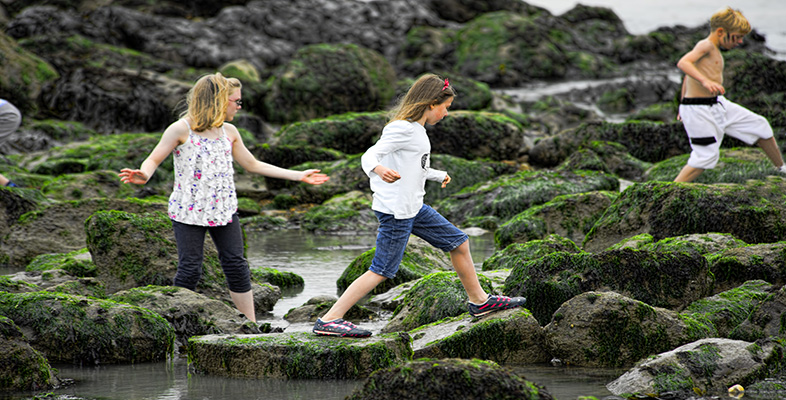1.1 Development activities
Development activity 1
Begin by taking an example from your own practice, or use Graham and Fitzgerald’s Australian study discussed in the reading, which focused on 13- to 18-year-olds’ views on participation. Then answer the following questions:
- Where would your own and others’ practice be on the participation continuum?
- Is children and young people’s participation genuinely meaningful?
- What impact, if any, is it having on policy making?
Development activity 2
Read the report The National Child Participation Guide for Uganda: Creating an Environment for Children to be Heard [Tip: hold Ctrl and click a link to open it in a new tab. (Hide tip)] , prepared by the Ministry of Gender, Labour and Social Development, the Uganda Rights NGO Network, and UNICEF (Uganda Office).
When reading this document, consider the following areas:
- How does this approach compare with current UK policy and practice?
- What points of similarity and difference can you identify in relation to diverse cultural environments?
- Is gender an issue?
- Is girls’ education singled out for special consideration?
- How does this approach compare with your own experiences of children and young people’s participation?
On pages 10 and 11 of the Participation Guide, the authors identify what they think child participation is designed to provide and promote for Ugandan children. We have listed these in the first column of Table 1 below. In the second column, rank each of the statements from 1 to 5 according to how strongly you agree (1 being disagreement and 5 being strong agreement), and add any comment of your own in column 3. Then note any barriers that might get in the way of implementation in column 4.
| Participation | My ranking (1–5) | My comments | Potential barriers |
|---|---|---|---|
| Safe places for children in families, communities and institutions | |||
| Openness and honesty | |||
| Forum for children to think for themselves while expressing their views – shared decision making | |||
| Information gathering and sharing | |||
| Effective interaction among children and with adults involved in projects or activities in a positive way | |||
| Empowerment for children as individuals and as members of society | |||
| Spaces for children to have influence on actions and decisions that affect their lives | |||
| Space and time for children to identify and analyse problems, and even suggest solutions to those problems |
